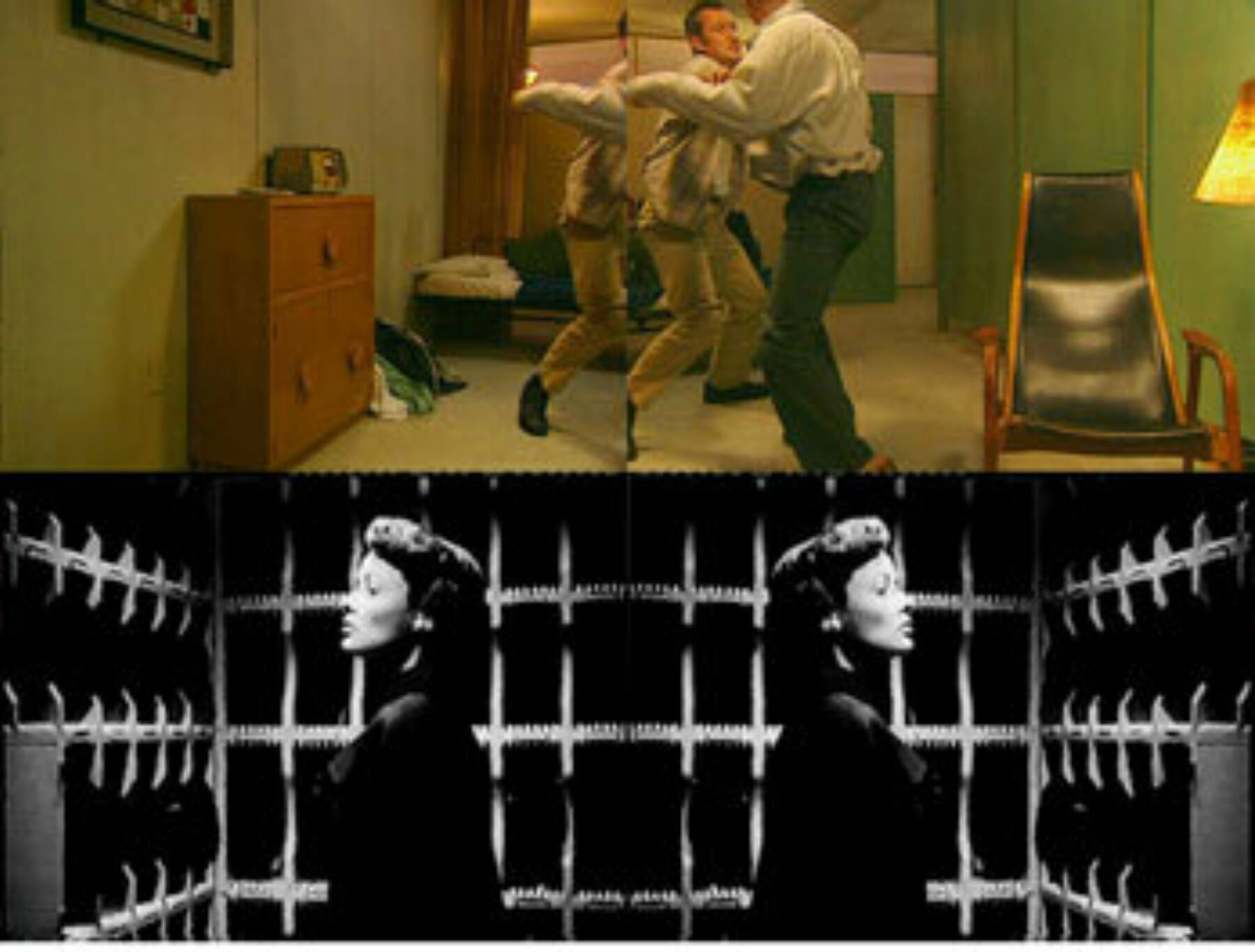A. R. T.
Stan Douglas and Douglas Gordon: Double Vision

Themes
Audience
Keywords
This catalog documents new installations by Stan Douglas and Douglas Gordon in an exhibition titled ''Double Vision.''
Stan Douglas' Win, Place, or Show takes as its point of departure the fundamental transformation of civic space in North America during the postwar era, initiated at an institutional level under the rubric of urban renewal. Two dock workers share a tenth-floor, one-bedroom apartment in Vancouver. The endlessly looping, six-minute work chronicles an antagonistic conversation that flares up on a wet day-off. After erupting into physical violence, it then lapses into weary irritation, only to be rekindled into a smouldering verbal friction. ''But the work is less concerned with the narration of the event than with the space of its unfolding, Douglas argues, ''like the obsessive remembrance and reconsideration of a traumatic incident in one's life that cannot be resolved because its true cause was elsewhere, and remains unavailable to the space of memory.''
While Stan Douglas uses time in the guise of history and historical memory, Douglas Gordon often shifts and manipulates time scales, starting with found material, such as a feature-length film. Gordon's new work, ''left is right and right is wrong and left is wrong and right is right,'' takes as its point of departure a little-known film made in 1949 by Hollywood director Otto Preminger titled ''Whirlpool.'' Psychic disorder, the core theme of this narrative, is a subject of central importance in Gordon's art for it provides the occasion, in works based sometimes in fact, sometimes in fiction, for a study of fundamental existential dilemmas; between good and evil, freedom and necessity, or existence and nonexistence. By means of such disarmingly simple means he gives incisive, aphoristic form to psychological trauma, moral predicament, and the passage from one mental state to its pathological contrary.